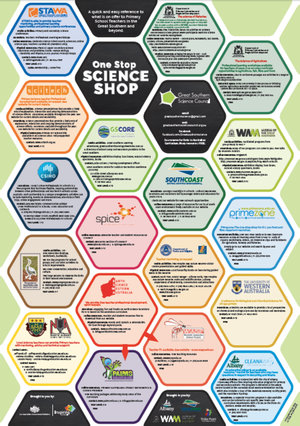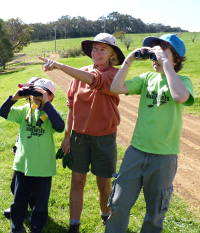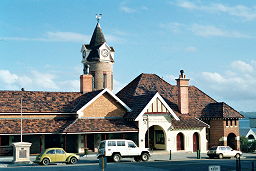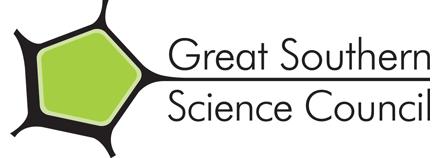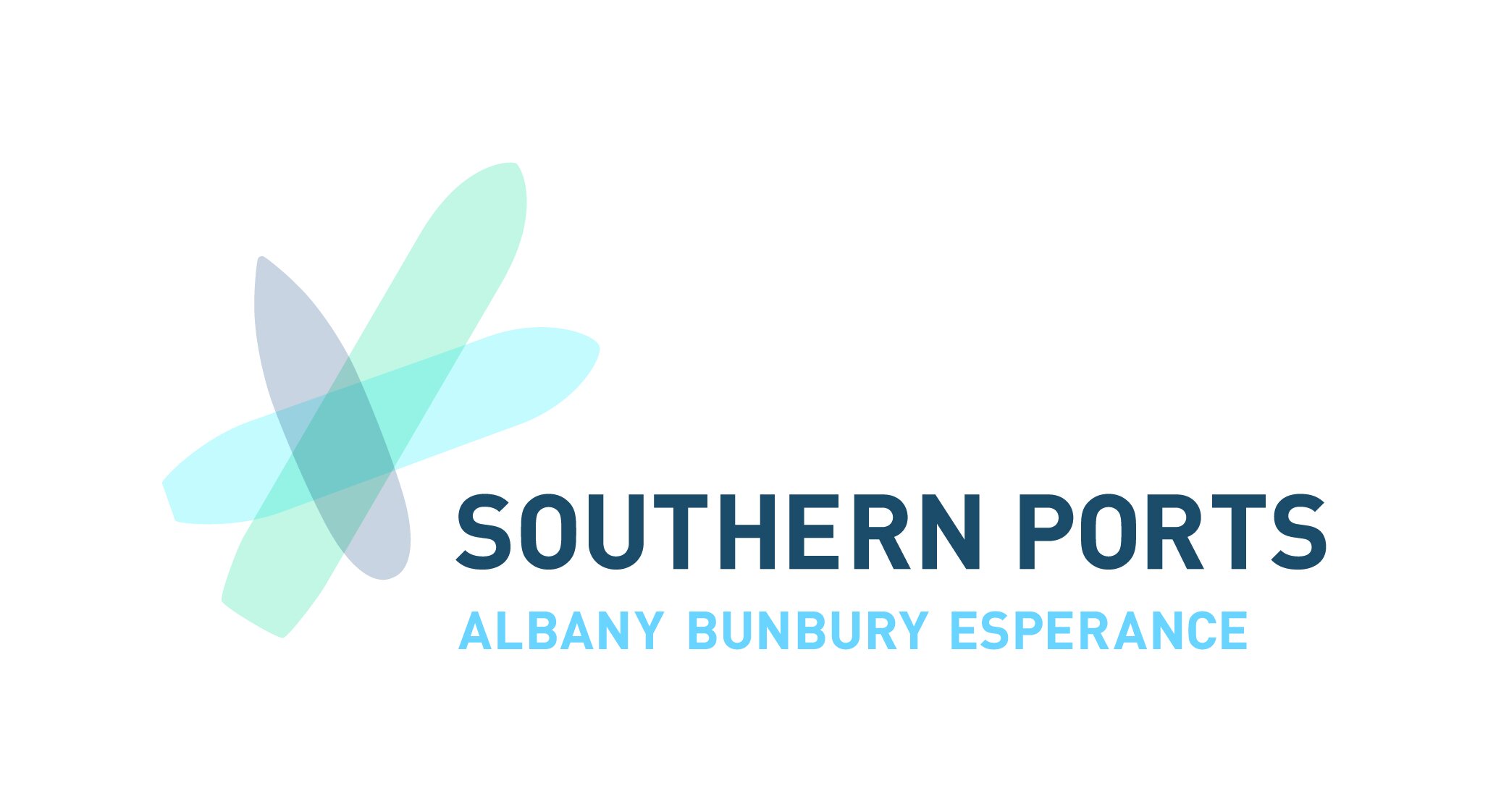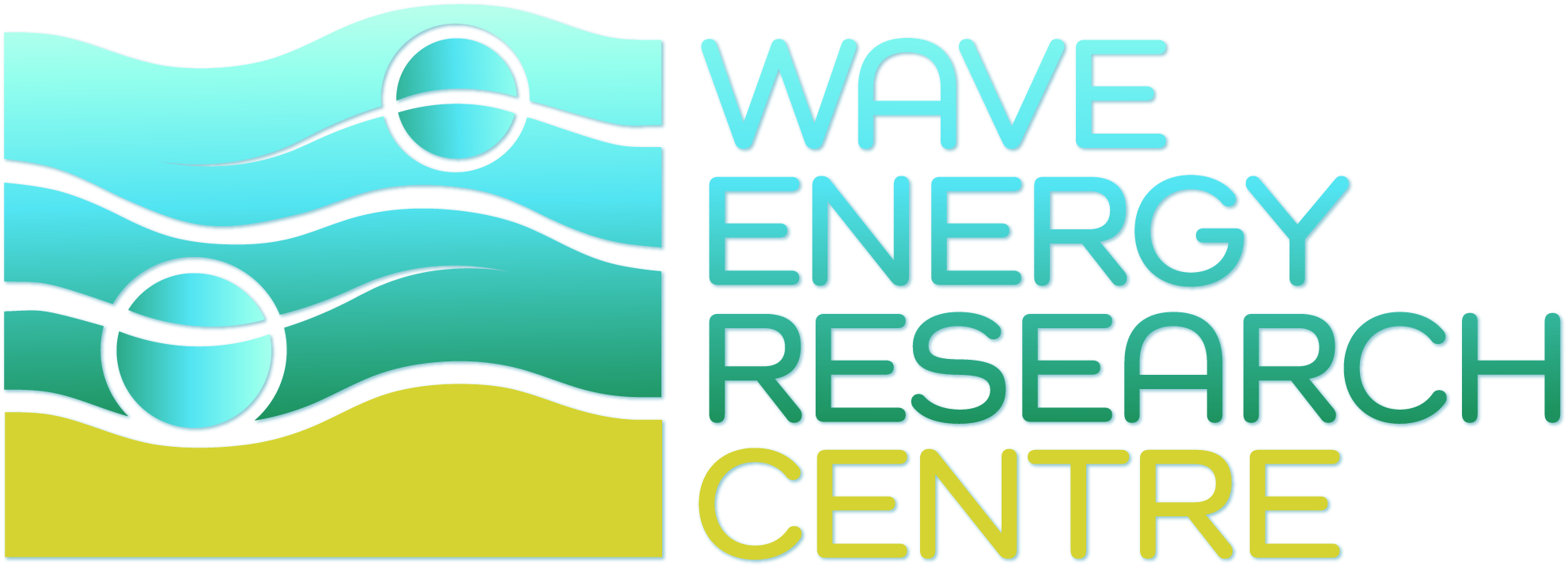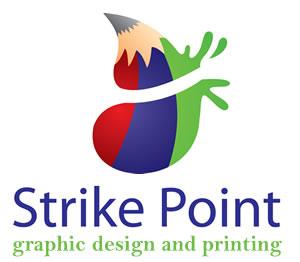Resources
Numero - Mathematical Card Game
/Mathematical card game [years 1 to 6+] mathematics
What is it? Numero is a numerical card game which not only develops basic mathematical skills, but also involves problem-solving and gaming strategies. It may be played at many different levels, depending on the age and ability of those playing; It is suitable for all ages from grade 1 to adults, and can be played by one, two or more people.
What do you need? The game is sold as a pack of approximately 90 cards with additional material to support its use in an educational environment.
Where do you get it from? Numero is available from R.I.C. Publishing [1800 639 950 julie-richards@ricgroup.com.au]
What does it cost? Starter pack with one pack of cards and support material: A$29.95; class pack with 15 packs of cards and suport material: A$249.00
Who is using it? If anyone in the Great Southern is using Numero, please let us know.
More information: Numero was invented by Western Australian Frank Drysdale and some of the profits from sales go to the Alzheimer's Association of Western Australia. Detailed information and the complete rules of the game are available from the Numero website and with the pack.
Links: www.numero.org
ScienceIQ - Online science quiz
/What is it? ScienceIQ is an online science quiz for school teams of four students.
Teams have one hour to complete 12 science problems. To win, students will need to finish in the shortest time with the most questions correct.
Who is using it? Most schools in the region have at some stage used ScienceIQ as an effective way to engage students and extend academically gifted students.
Contact details: info@scienceiq.net
Links: www.scienceiq.net
Scratch - Graphics-based programming language
/[years 1 to 12]
What is it? Lego for programming. With Scratch, you can program your own interactive stories, games, and animations - and share your creations with others in the online community. Programs are constructed from graphical elements which are displayed on the screen, and can be used to animate sprites. The website (see below) has many different examples.
Scratch helps young people learn to think creatively, reason systematically, and work collaboratively.
What do you need? Mac or PC computer
Where do you get it from? Download it from the website (see below)
What does it cost? Free
Who is using it? Scratch has a worldwide user base; it has procedures to share programs and support is available in many languages. More information is available from the website (see below). If anyone in the Great Southern is using Scratch, please let us know.
More information: Scratch is a project of the Lifelong Kindergarten Group at the MIT Media Lab. It is provided with extensive support for educational use. There is also Scratchjr, a simpler version for pre-chool children.
Links: scratch.mit.edu
STAWA - Science Teacher's Association of Western Australia
/What is it? STAWA is an independent association of science educators dedicated to promoting science and science teaching in Western Australia, for teachers of all ages including pre service teachers. STAWA provides support, events for teachers, conferences, professional development, student competitions and ANC resources.
What does it cost? Full membership is $132.00 inclusive of GST for twelve months. STAWA also offers other membership types: Student, Retired and Primary School membership.
Who is using it? Most schools in the region are involved with STAWA
Contact details:
STAWA Office: Unit 6, 10 Mallard Way Cannington, Western Australia, 6107
Postal Address: PO Box 7310, Karawara Western Australia, 6152
Phone: +61 (0) 8 9244 1987
Fax: +61 (0) 8 9244 2601
Email: info@stawa.net or admin@stawa.net
Links: www.stawa.net
TES Australia - Online teacher network
/[teachers]
What is it? The Australian division of an international organisation providing support for teachers. It offers recruitment information (job seekers and job providers), classroom resources matched with the Australian curriculum and teacher forums. There is also a newsletter. The resource material is provided by teachers and covers all subjects and pre-school, primary and secondary education.
What does it cost? Free
Who is using it? Widely used throughout the world
Contact details:
TSL Education Australia Pty Ltd,
Suite 2924, Level 29 Chifley Tower,
2 Chifley Square,
Sydney NSW 2000
Email: help@tesaustralia.com
Links: www.tesaustralia.com
Logo - Programming Language
/[years 1 to 12]
What is it? "Logo is the name for a philosophy of education and a continually evolving family of programming languages that aid in its realization." Harold Abelson
Logo has a long history. It originated in the 1960s from the ideas of Jean Piaget, a Swiss psychologist, and the subsequent work of Seymour Papert, a mathematician. Logo projects have involved mathematics, language, music, robotics, telecommunications, and science. Logo is designed to be easy to learn, but to be powerful and flexible enough to handle almost any computer-based task; it is accessible to novices, including young children, and also supports complex explorations and sophisticated projects by experienced users.
The most popular Logo environments involved a robotic "turtle" (hence "turtle graphics") that sat on the floor and could be directed to move around by typing commands at the computer but more recently computer graphics screens have been used to draw shapes, designs, and pictures. There have been many incarnations of Logo and they are still being developed. One is Scratch (see above) and another is Microworlds (link below). The software is often free, but kits for Logo-directed robots of many kinds can be purchased relatively cheaply.
What do you need? It depends what you want to achieve - check out the links below
Where do you get it from? see links below
What does it cost? $0.00+
Who is using it? Widely used throughout the world
More information: For background, try Mindstorms
Links:
Gizmos - Programming language
/[years 3 to 12]
What is it? Gizmos are interactive math and science simulations for (US) grades 3-12. Over 400 Gizmos aligned to the latest standards help educators bring powerful new learning experiences to the classroom.
What does it cost? Price depends on numbers of students and other factors
Contact details:
110 Avon Street
Charlottesville, VA 22902 USA
Phone: +1-434-293-7043
